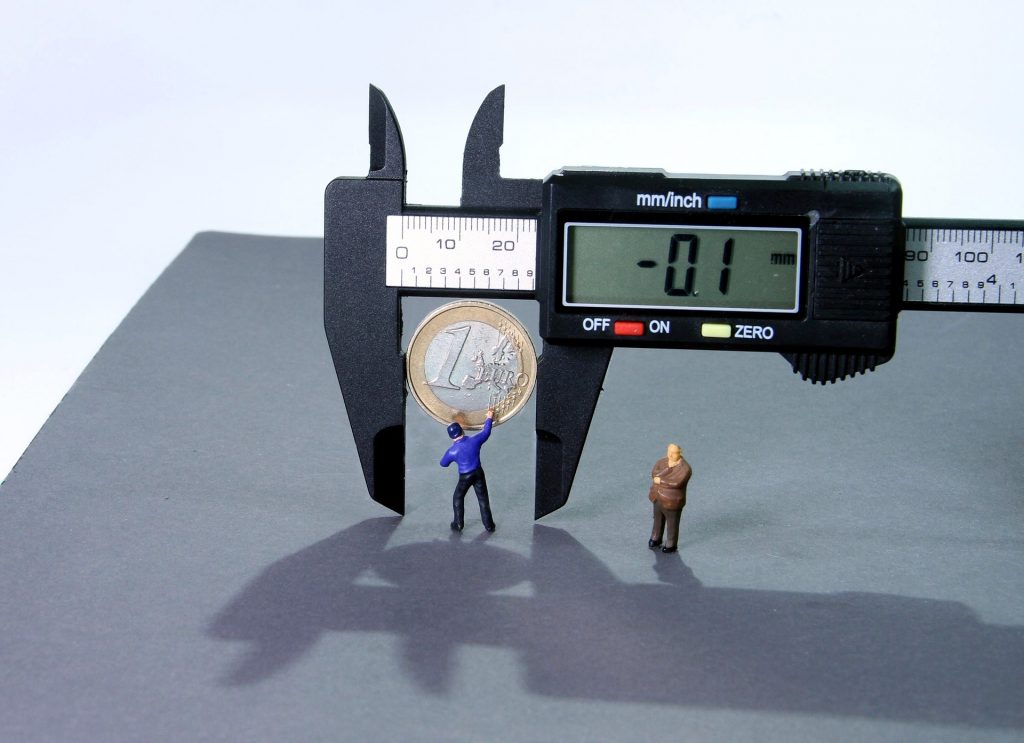
1. Looking for No Down Payment Loans
Down payments are important for a reason. Ignoring and bypassing down payment even led to the subprime crisis that began in 2007! The purpose of down-payment is twofold:
- When you make a down payment for the house you are about to purchase, you increase the amount of equity you have in said house. This means that the amount you owe for the house is reduced.
- A down payment means you have also incurred some risks, that is you have something personal at stake. How does it help, you ask? Allow us to explain, if you make a large down payment, you are very likely to try everything within your means to pay back the loan so that you do not lose your investment.
Getting a loan without down payment means you don’t have skin in the game plus you now owe more money than the home is worth. So, instead of getting a mortgage that has higher risks of being put in foreclosure, make a safer bet. Take some time and save enough money for a down payment before even starting to look for houses.
2. Choosing to Get Adjustable-Rate Mortgages

ARMs, short for adjustable-rate mortgages, are very tempting to future homeowners for a reason. Borrowers who get this type of mortgage start off with a low-interest rate for the first couple of years, usually for the first two to five years.
With the interest rate being low, you will able to get a loan with lower payments that are more affordable. Lower monthly payments also mean you can borrow a bit more and get a larger house. It sounds like a dream come true, right?
But, here’s the trap. After these two to five years have elapsed, the interest rate on your mortgage resets to the market rate. And typically, the market rate will be higher. You can bypass this problem by taking the equity out of your home or refinance your mortgage to a lower interest rate once it resets. The thing is, it doesn’t always work out that way. When housing prices drop, borrowers will find it more difficult to refinance their existing loans, leaving them facing high mortgage payments that are two to three times their original payments.
3. Getting a Liar Loans
What is a liar loan? This disreputable term refers to loans that are based on the borrower’s stated income, stated assets, and stated expenses and requires little to no documentation and verification. These loans got their names from the fact that borrowers tended to lie and inflate their income so they can buy larger houses.
It sounds improbable that a financial institution will hand out such a loan? Well, as crazy as it may sound to you now, this type of loan was incredibly popular during the real estate boom before the subprime meltdown that began in 2007. The problem began when the buyer was unable to make the monthly repayments. It’s less likely of these happening now, but it’s good to be aware of the mistakes that have been done in the past with regards to home loans.
4. Reverse Mortgages
Although advertised as the solution to your income problems, reverse mortgages come with many drawbacks. If you have never heard of them, here’s what they are about: they are available only to homeowners who are 62 of age or more. Reverse mortgages use the equity out of their homes to provide an income stream. Depending on the borrower’s request, the available equity can be paid out in a steady stream of payments or in a lump sum, such as an annuity.
The problem with this type of mortgage is that there are high upfront costs, such as origination fees, mortgage insurance, title insurance, appraisal fees, attorney fees, and miscellaneous fees. These fees can quickly eat up equity and can even lead to the borrower losing full ownership of the home.
5. Asking for Longer Amortization

It follows logically that the longer the amortization period, the lower the repayment amount will be. But again, this also comes with a hitch. But before we discuss that, you may be aware of 30 years being the longest time frame that borrowers can get on a mortgage. But recently, there’s been a surge in companies that offer 35- and 40-year mortgages.
While a loan that runs for 40 years allows you to buy a larger house for much lower monthly payments, these types of loans also come with a slightly higher interest rate than a 30-year loan. No matter how negligible the difference between the different interest rates may seem, this will amount to a whole lot more interest over a 40-year time period.
The Take-Away
To avoid making the falling for these traps, find a reputable financial institution and do not be afraid to ask them as many questions as possible about the loan that they are offering you.





